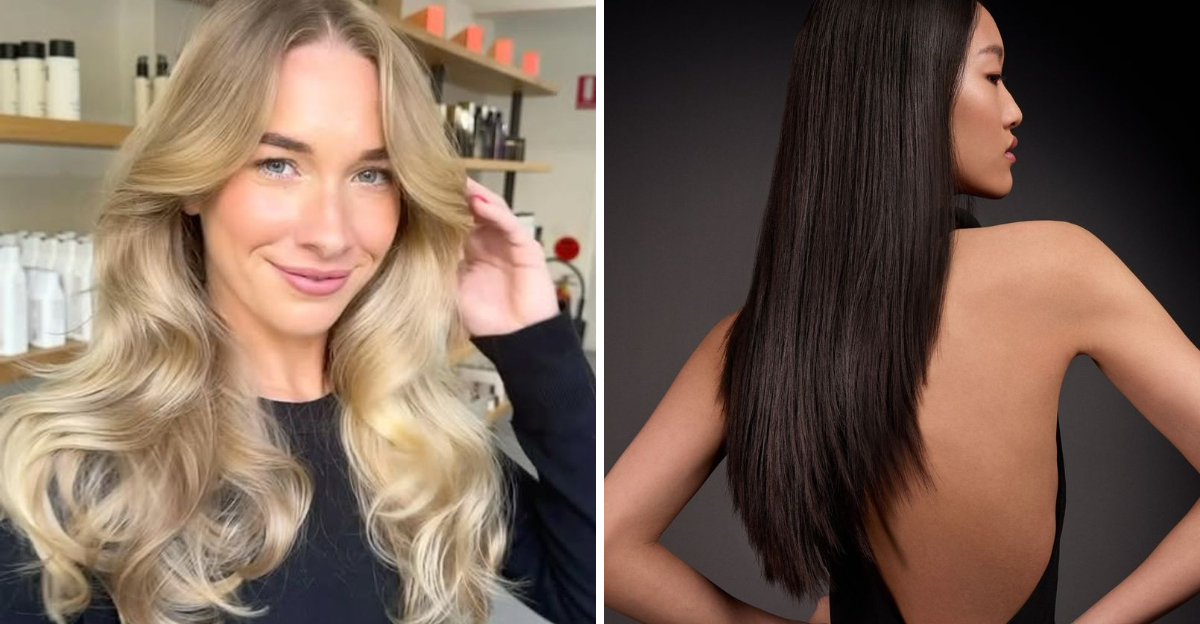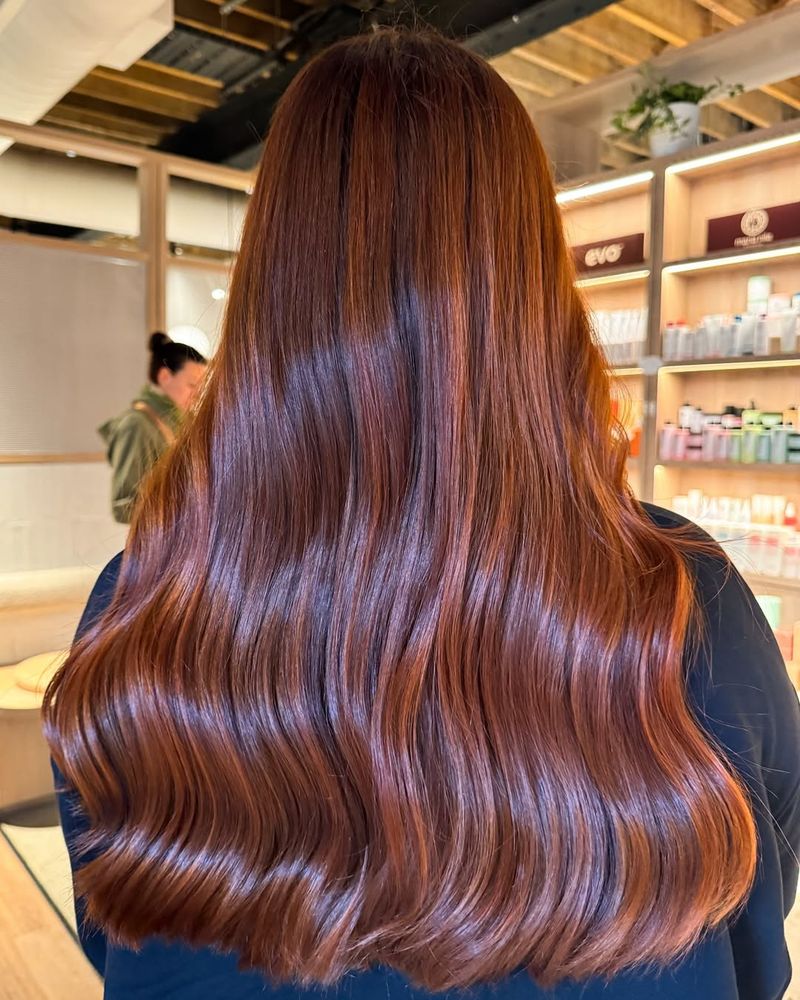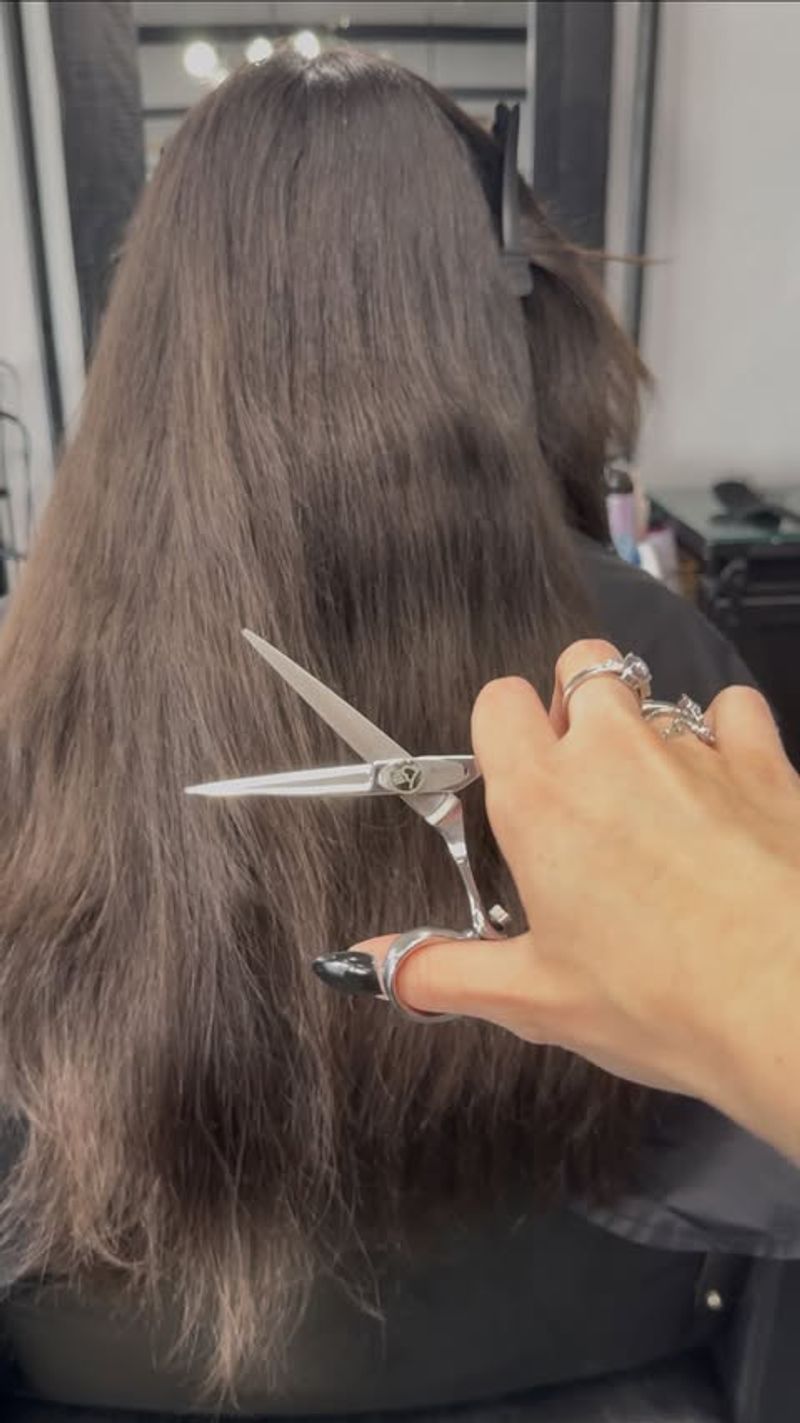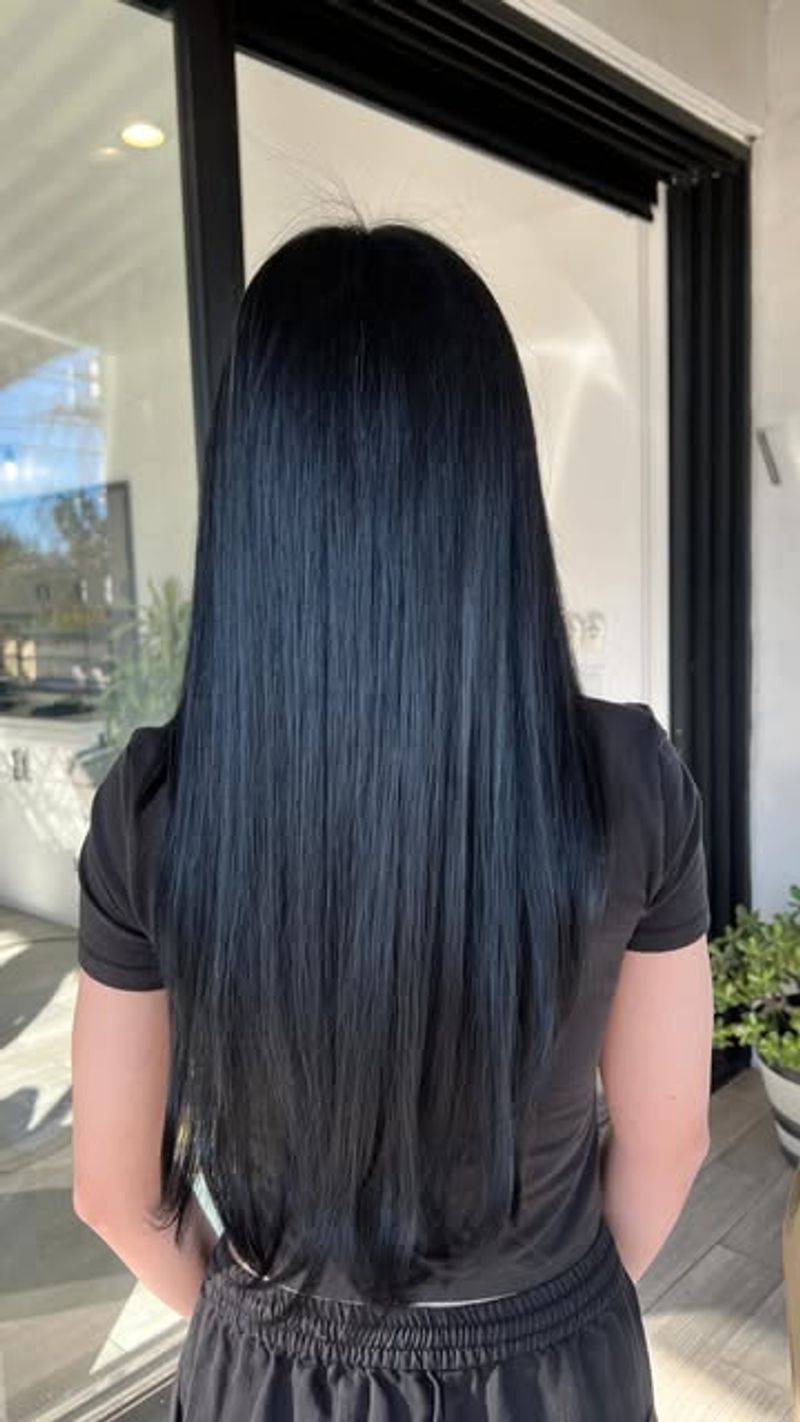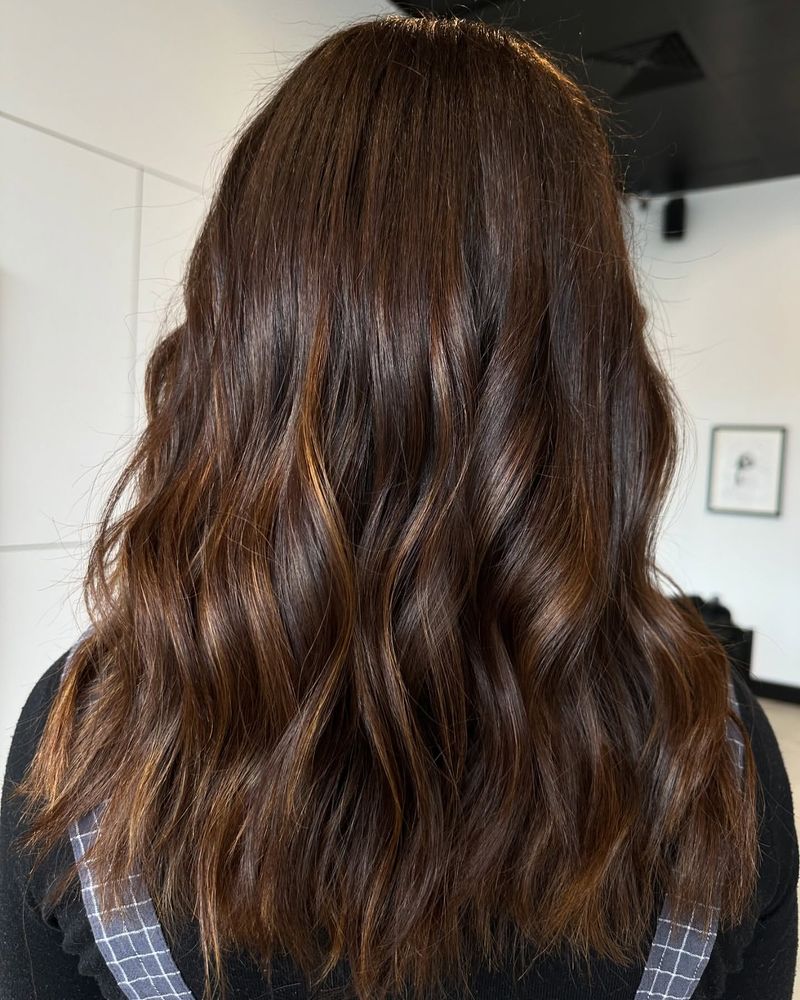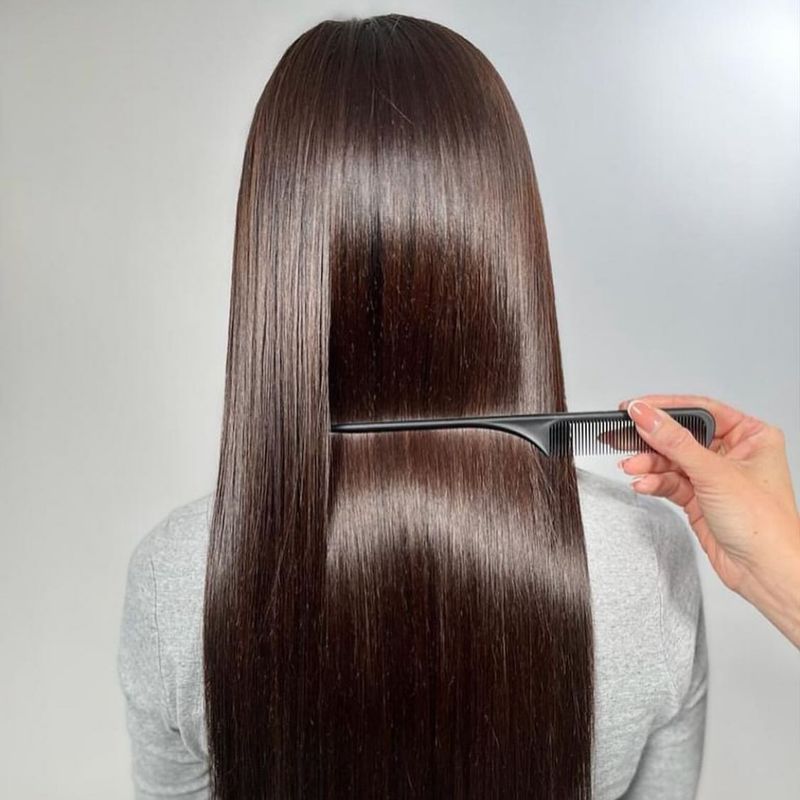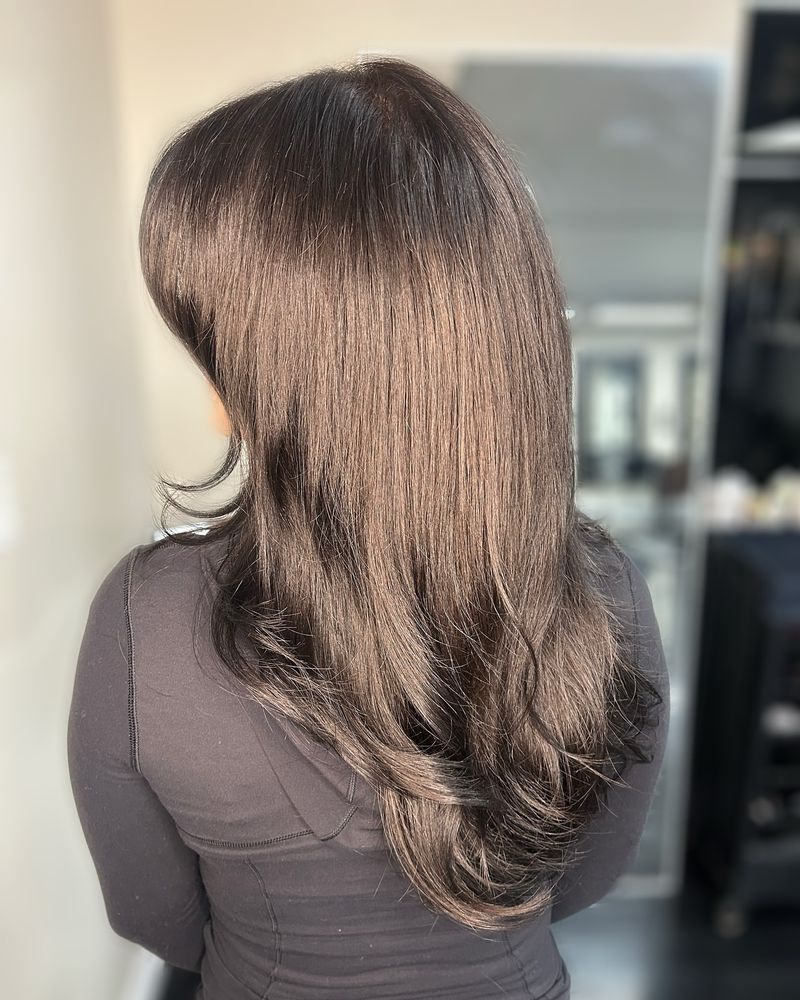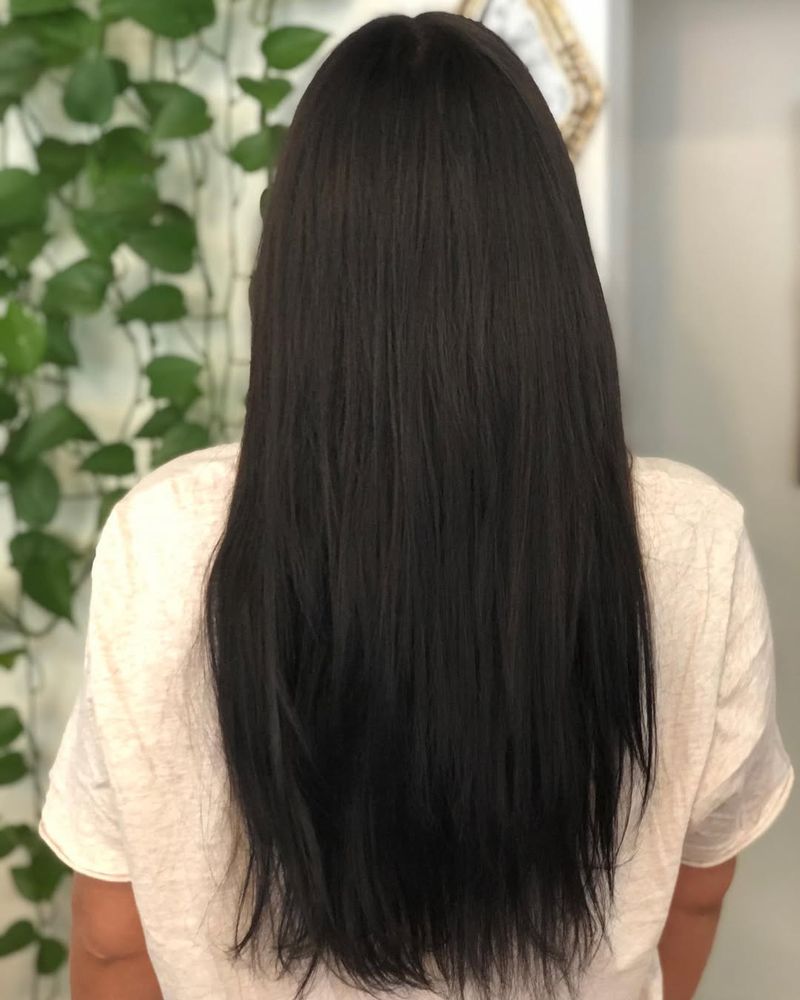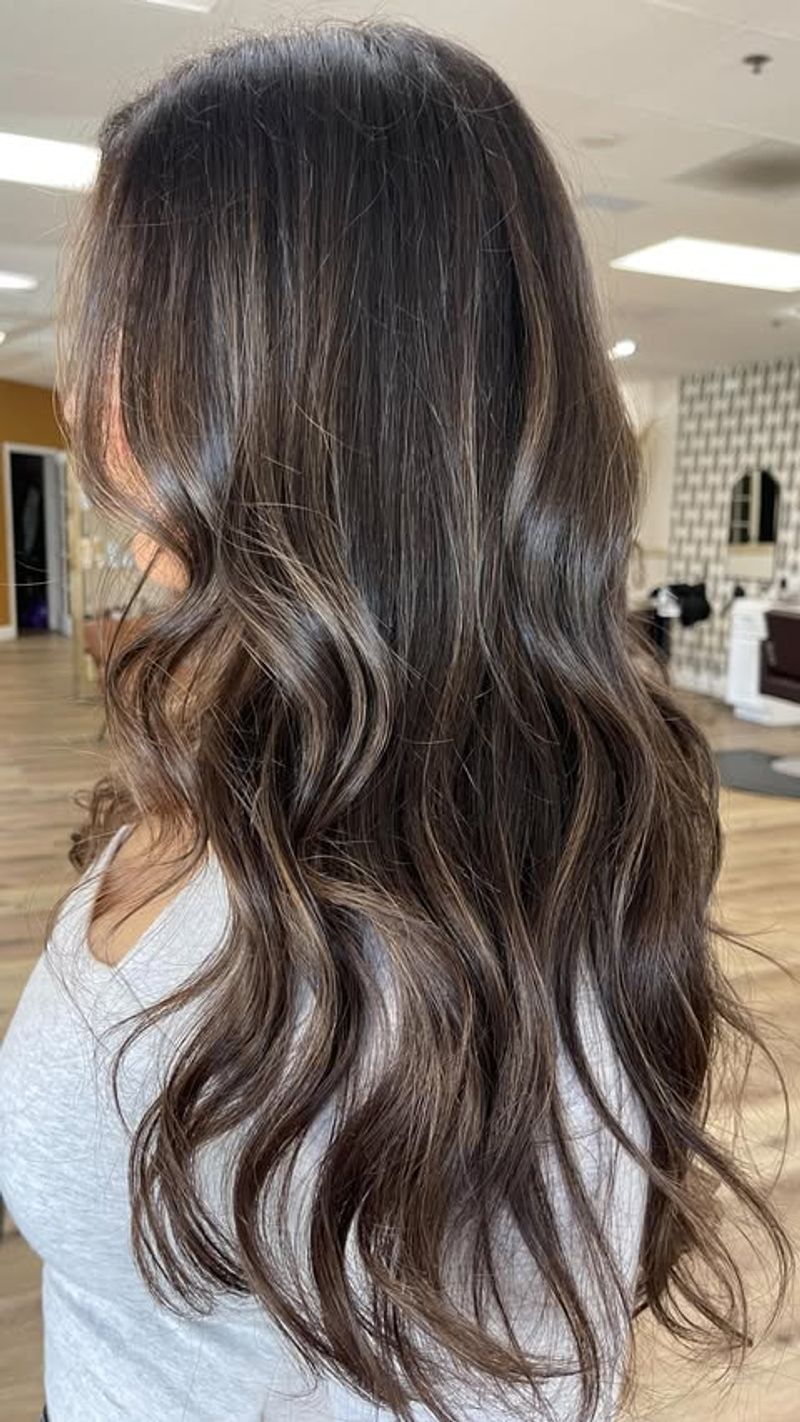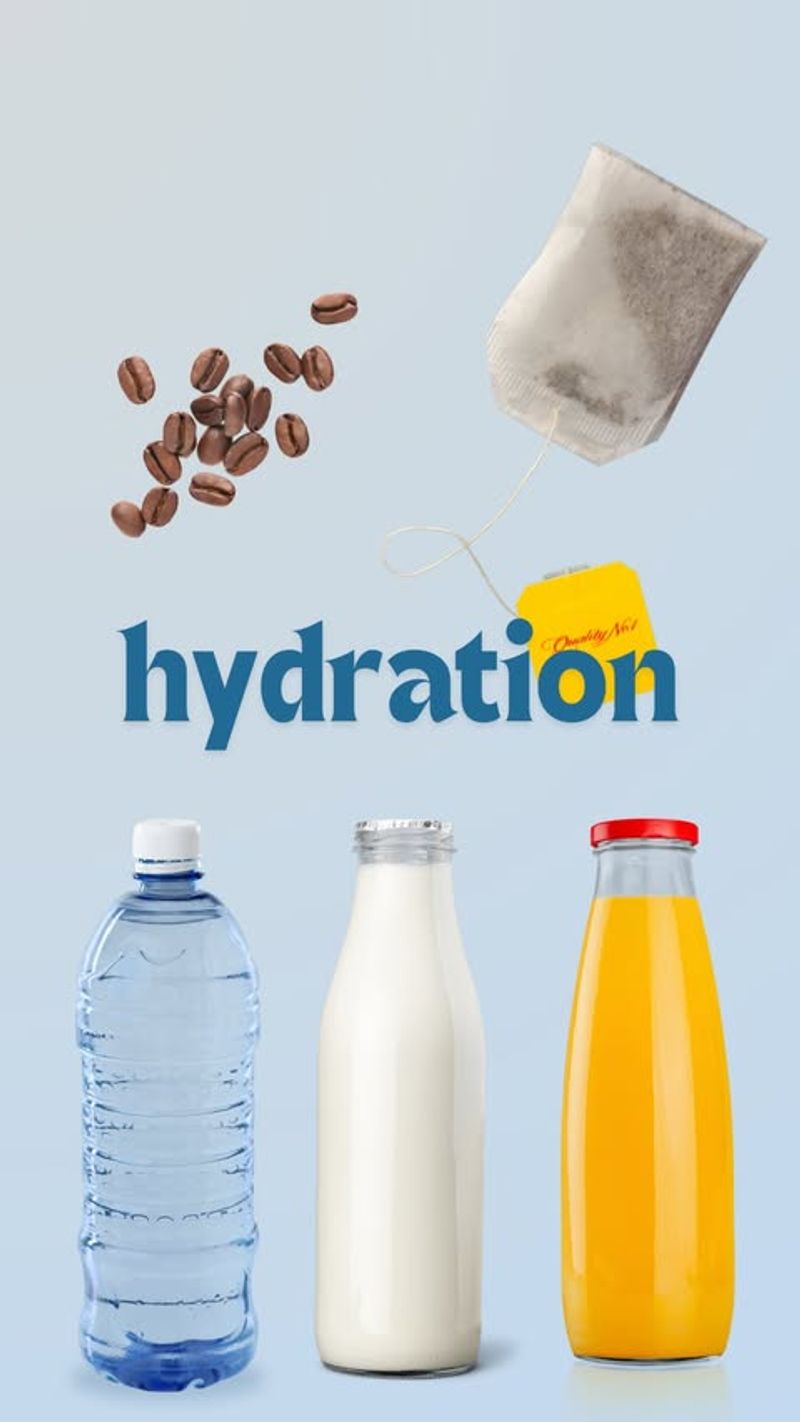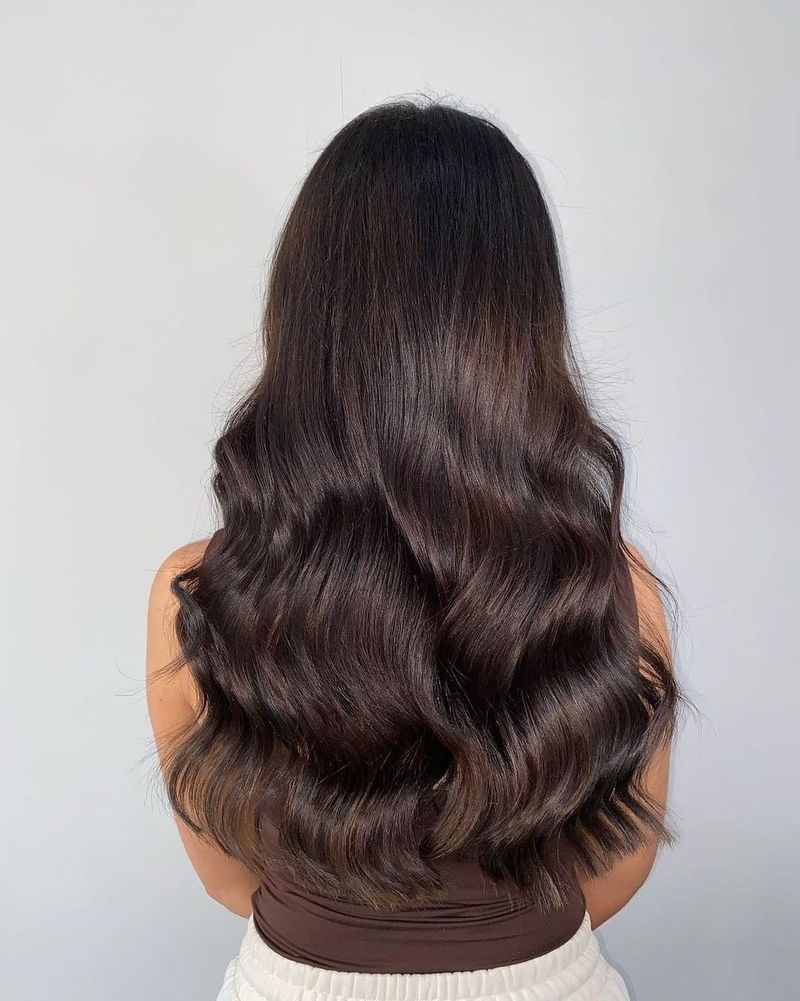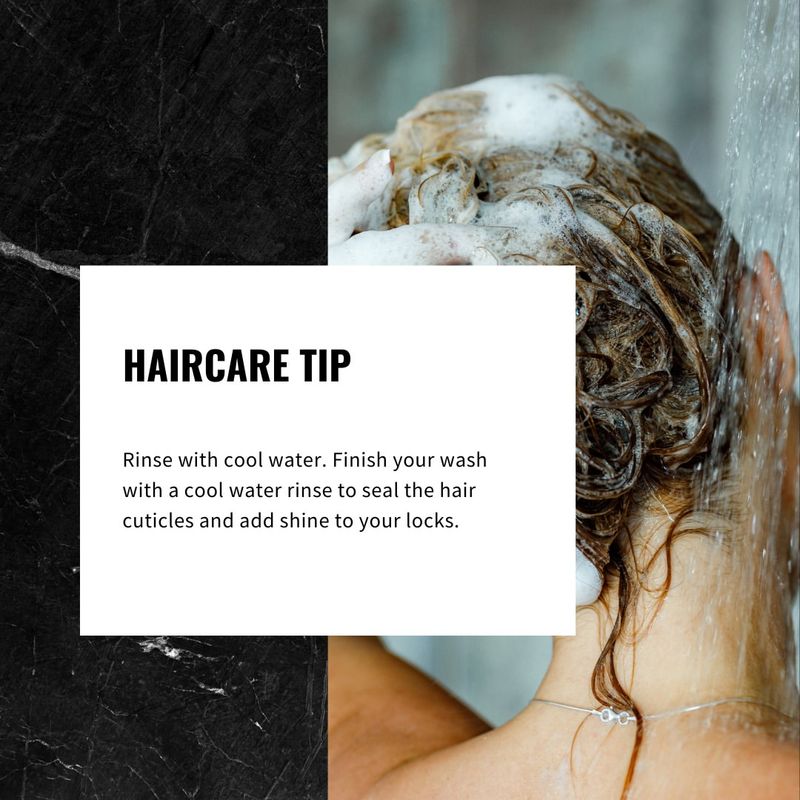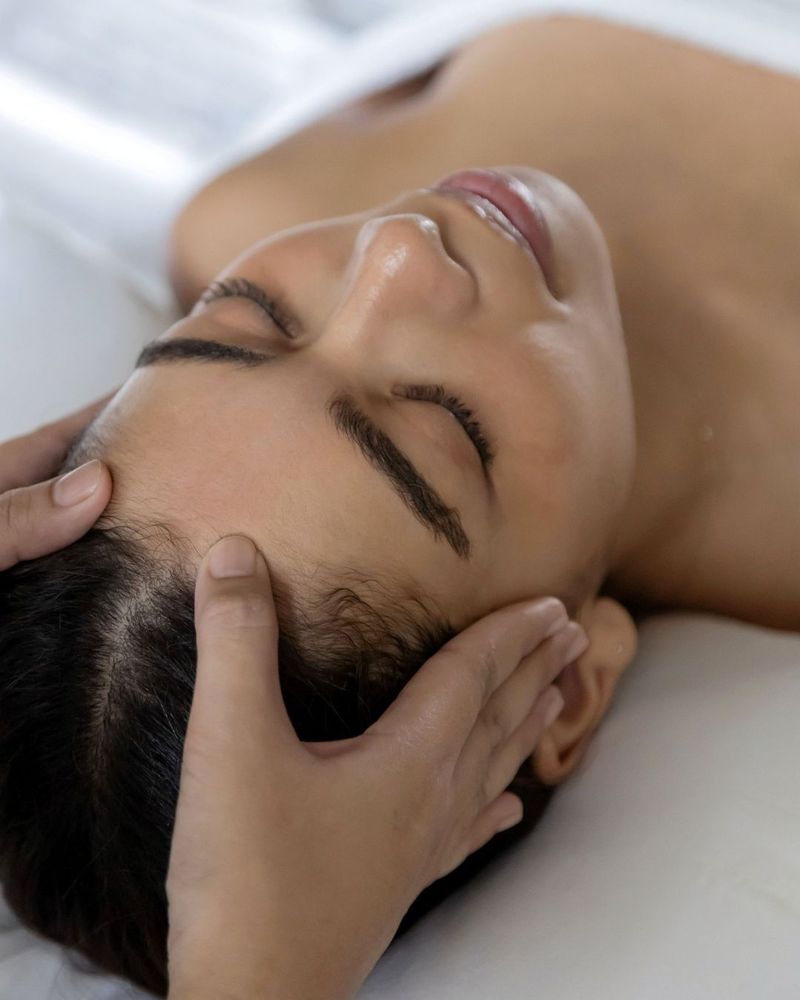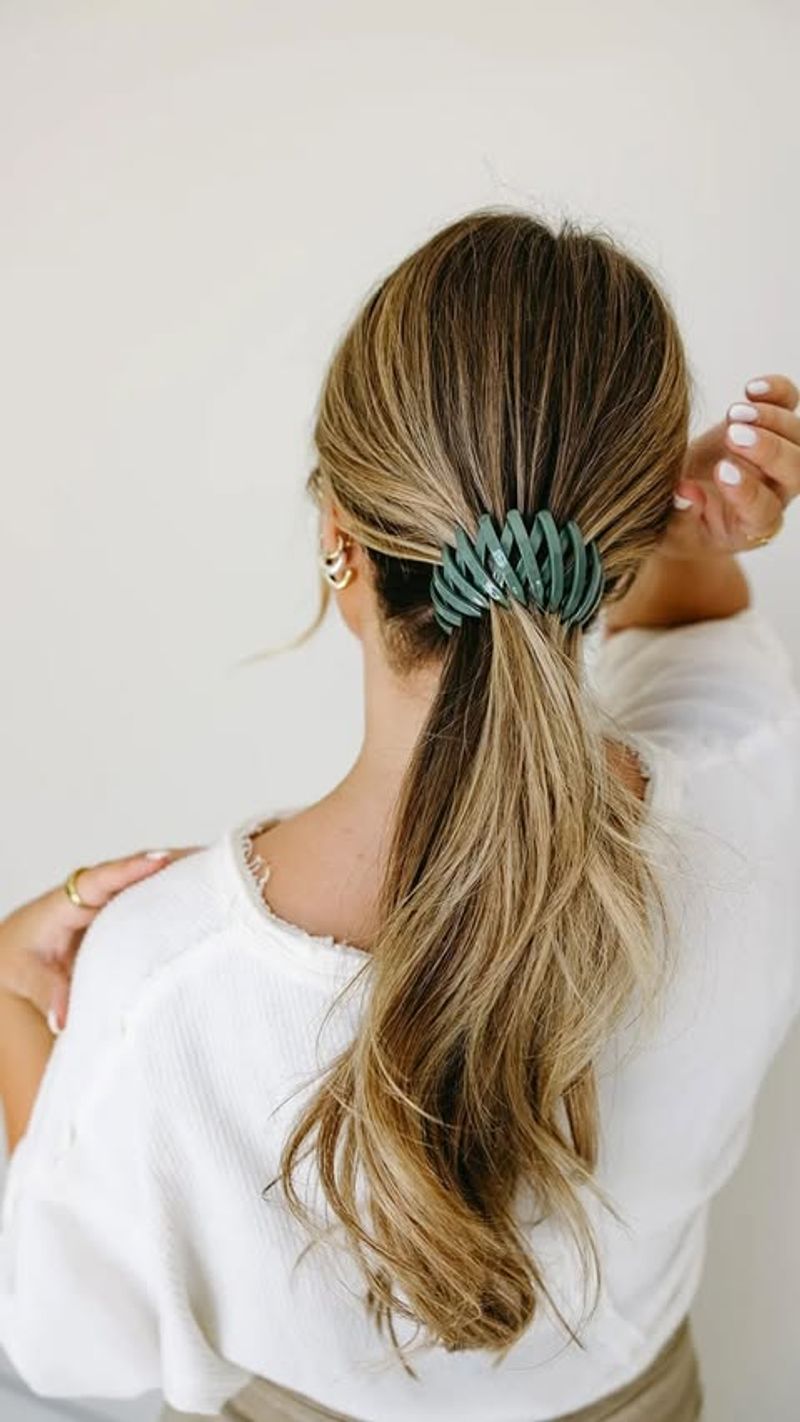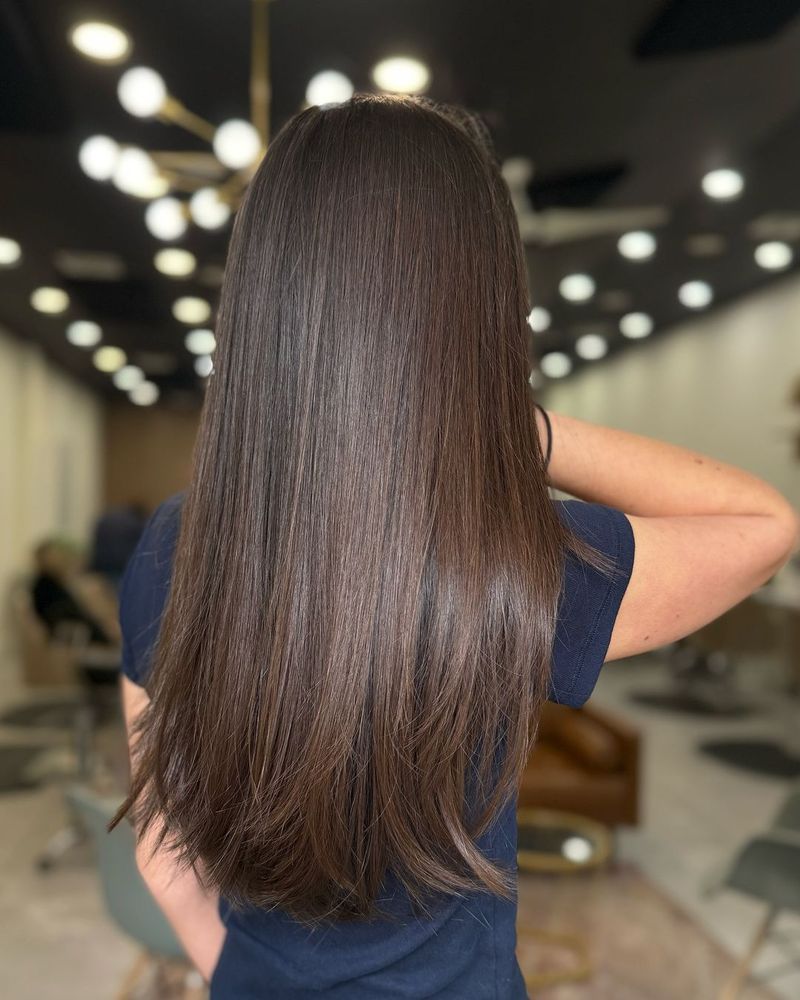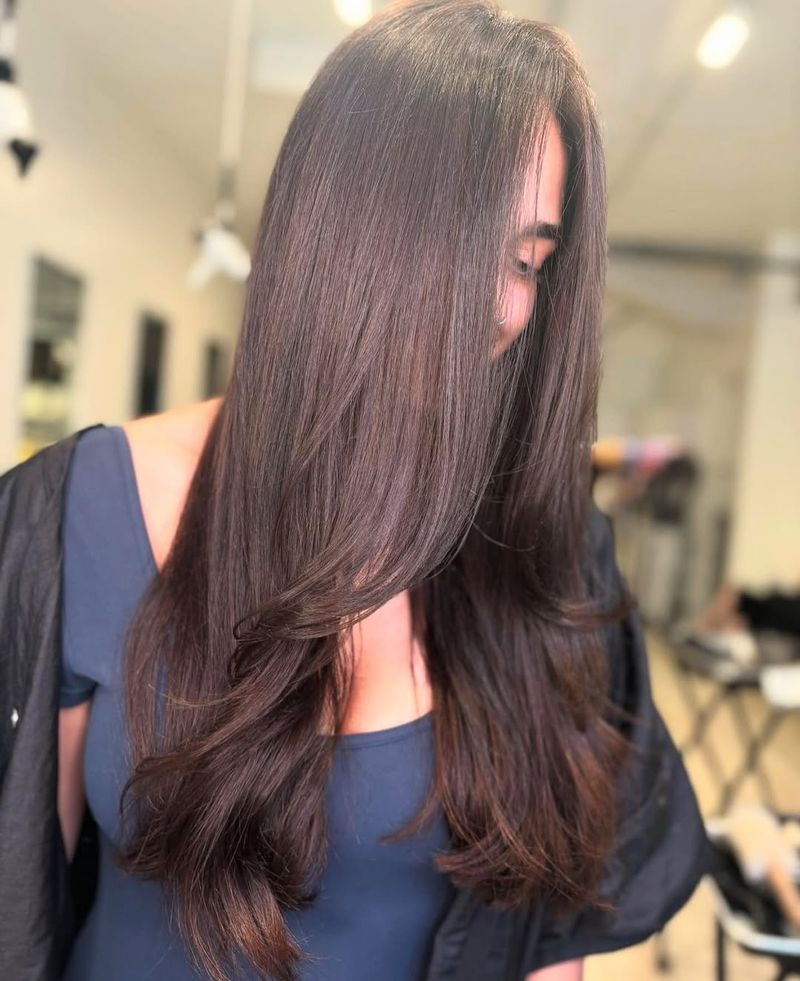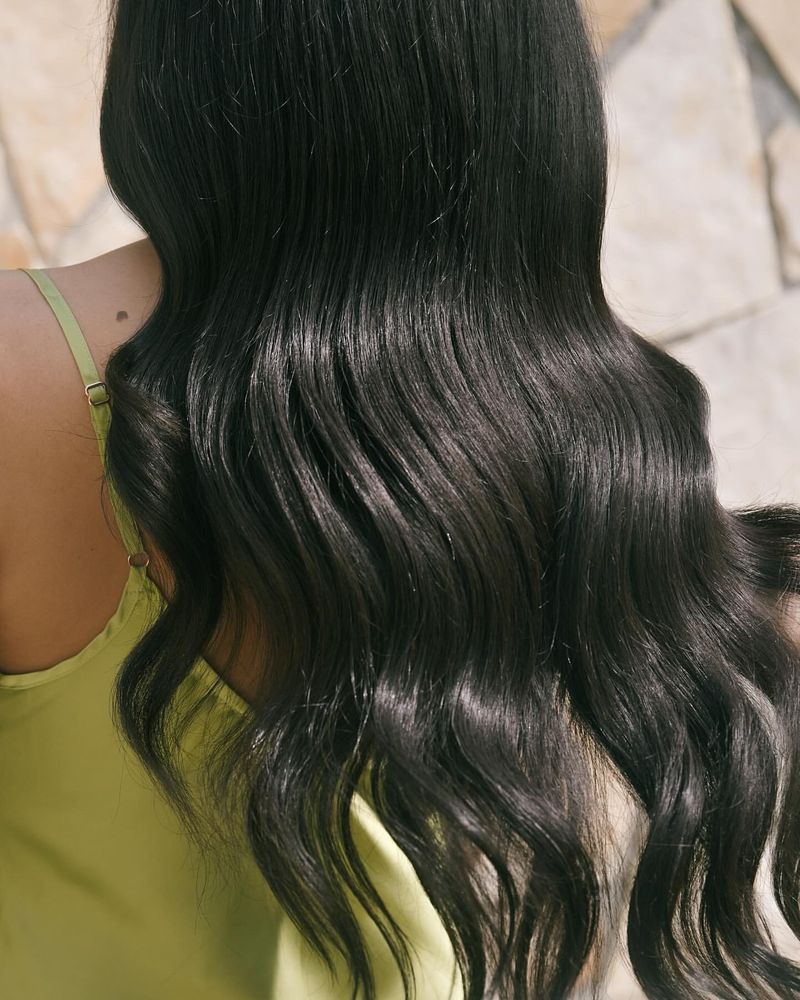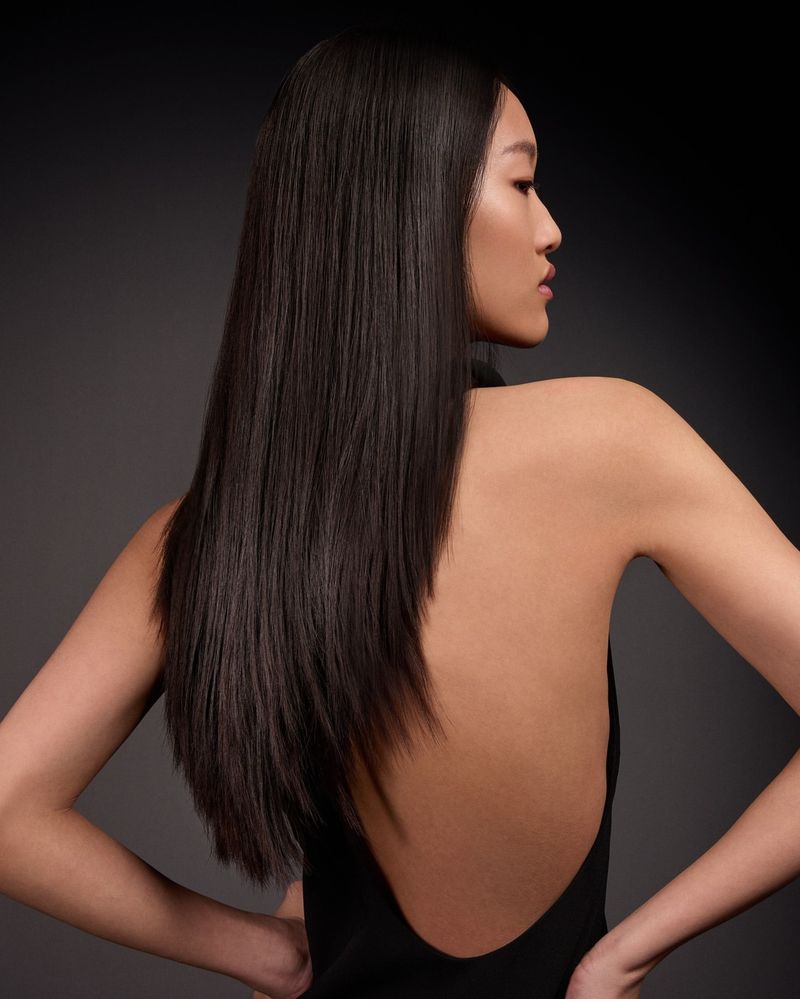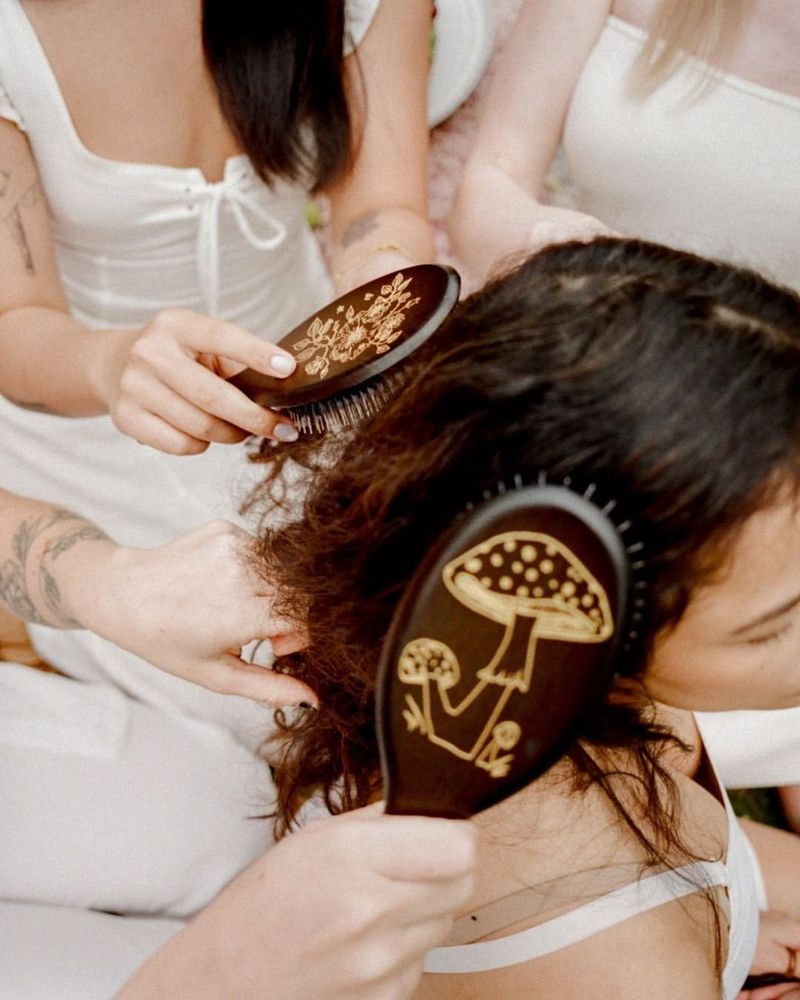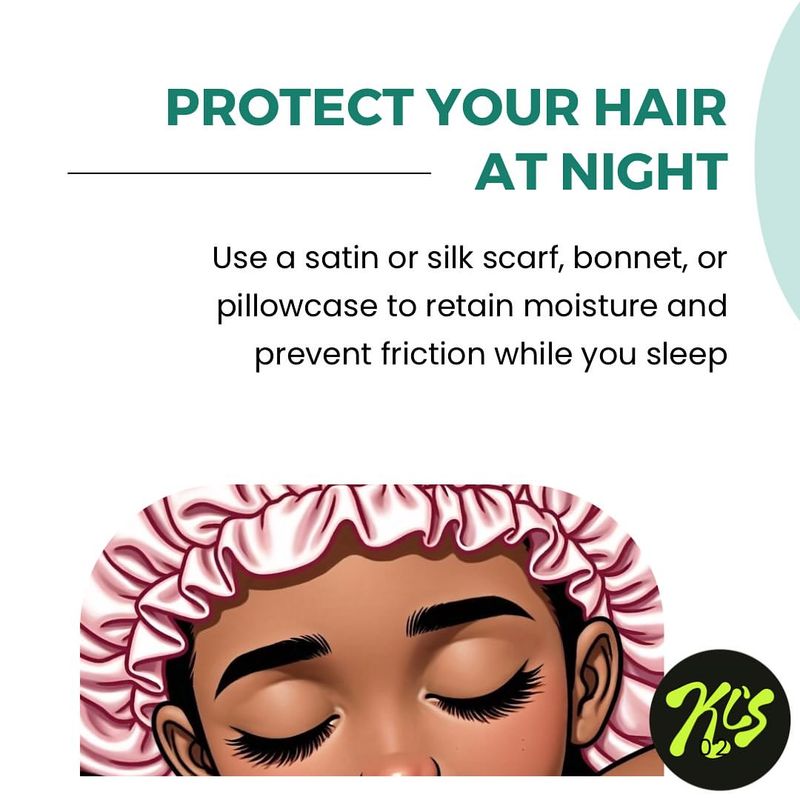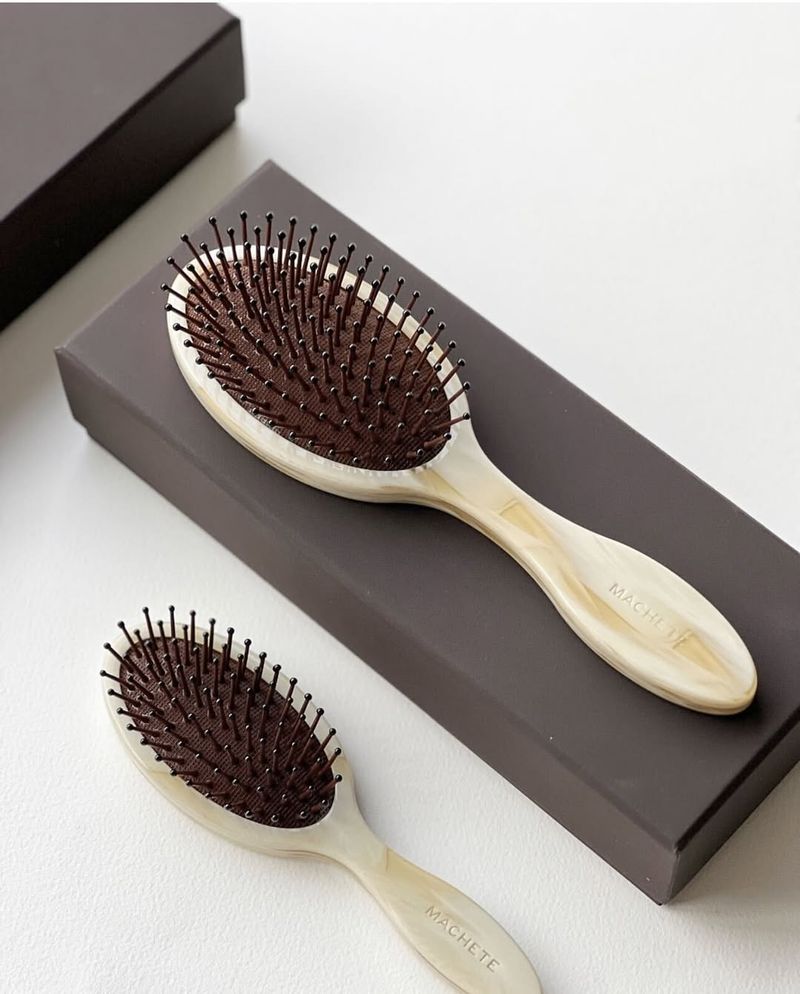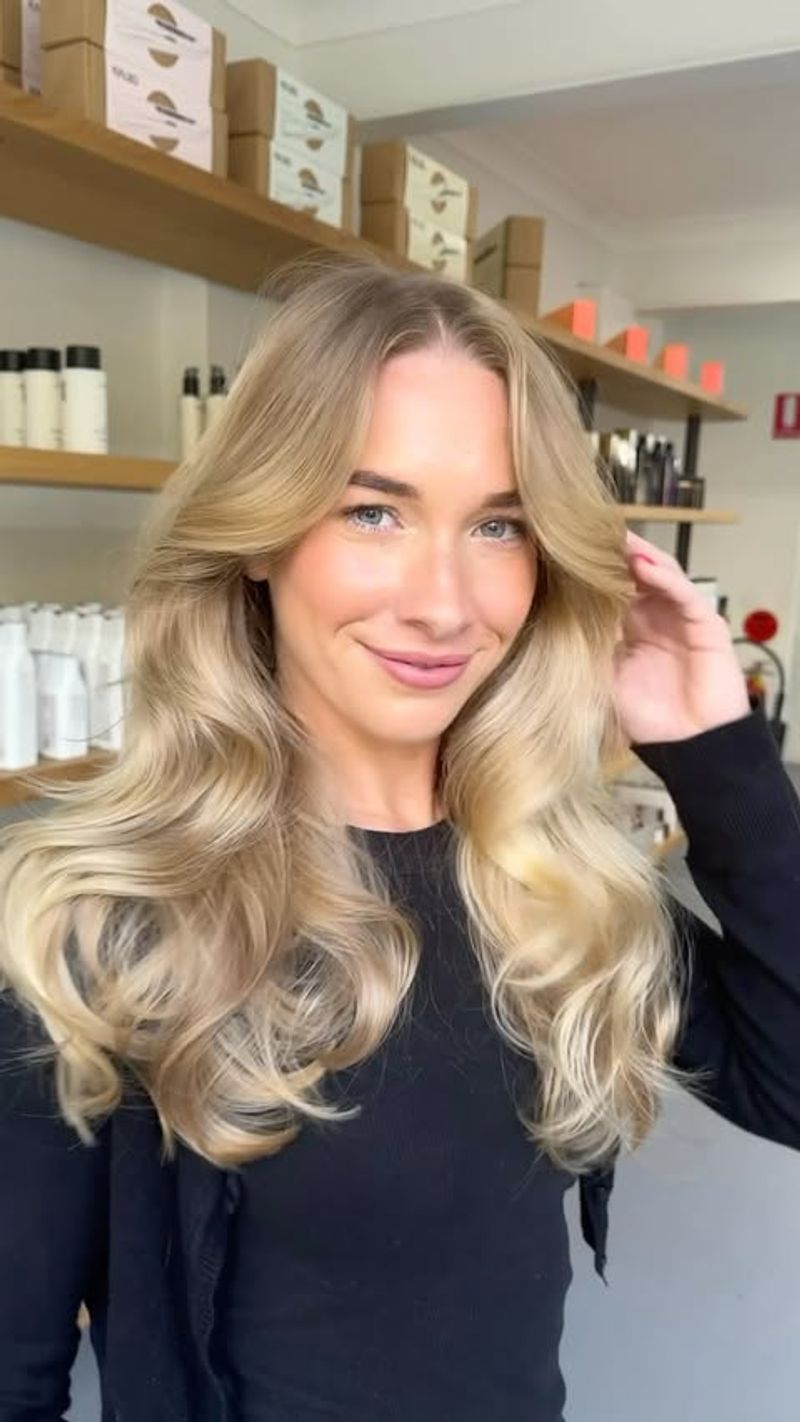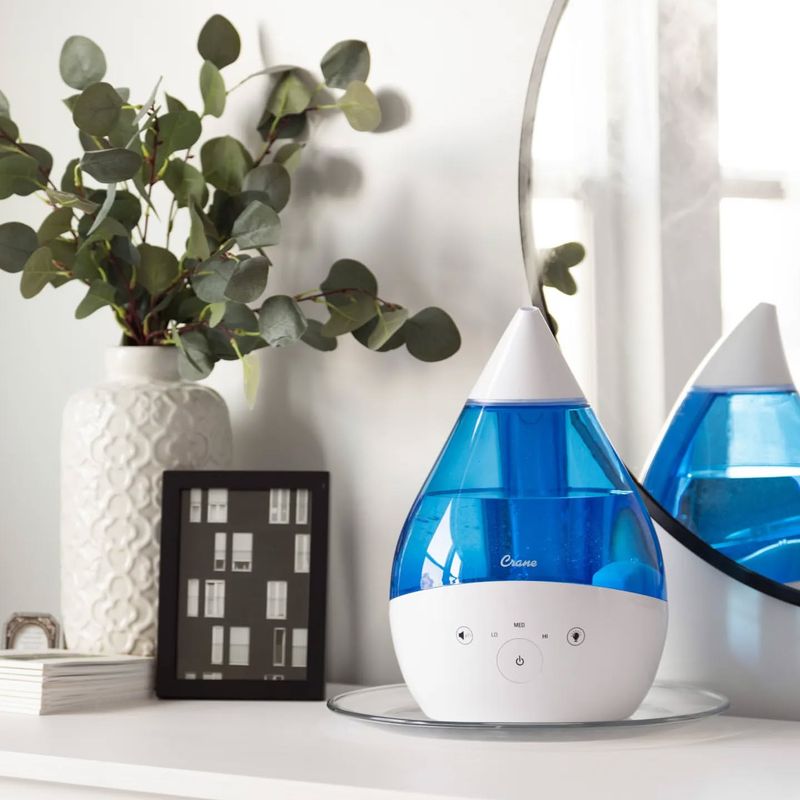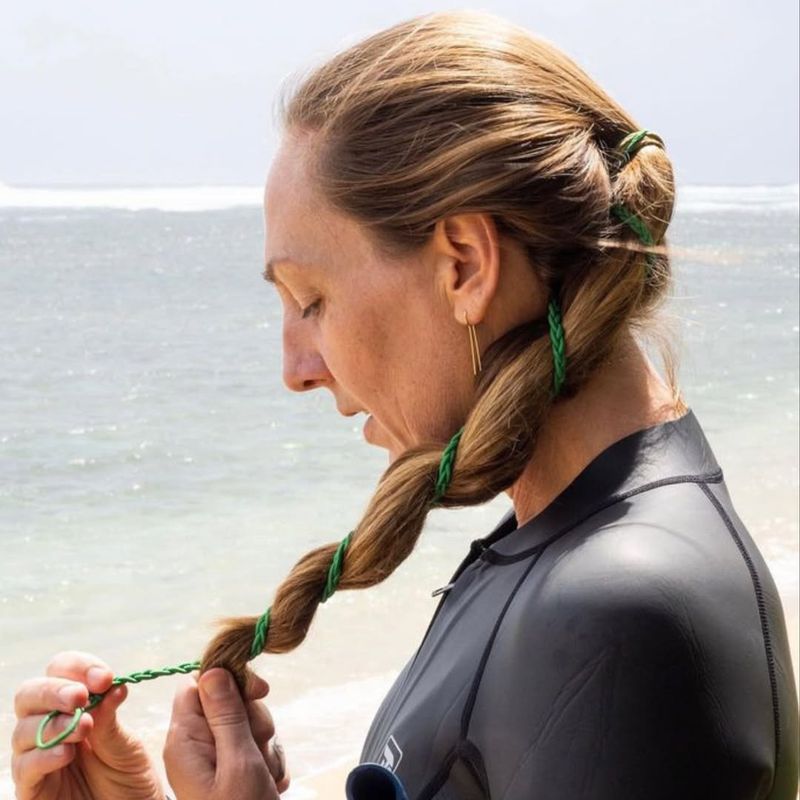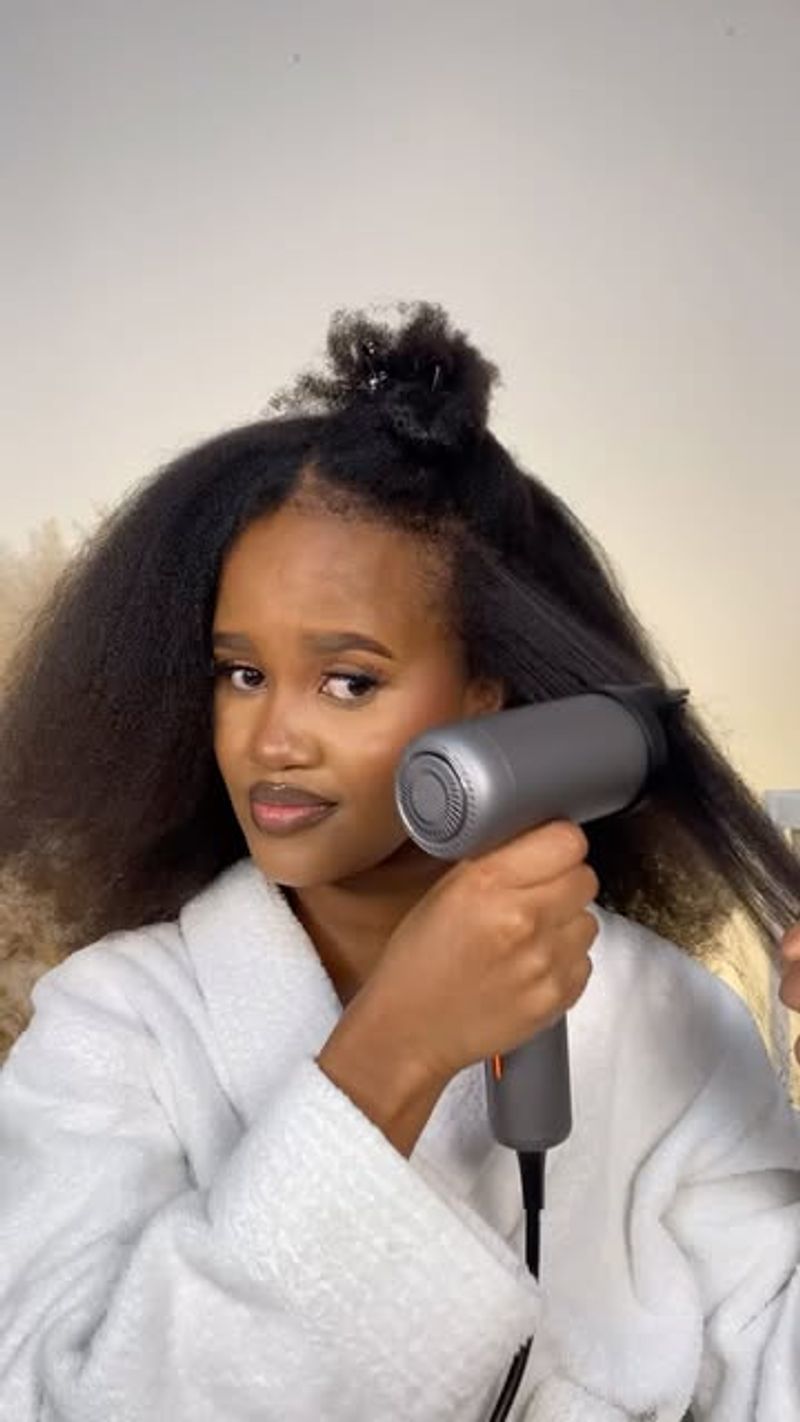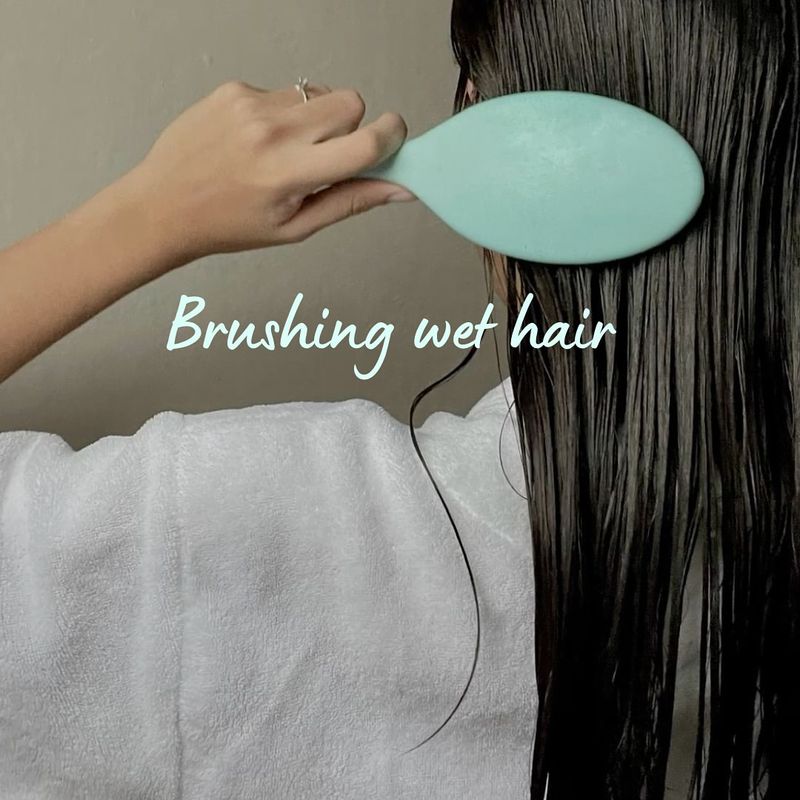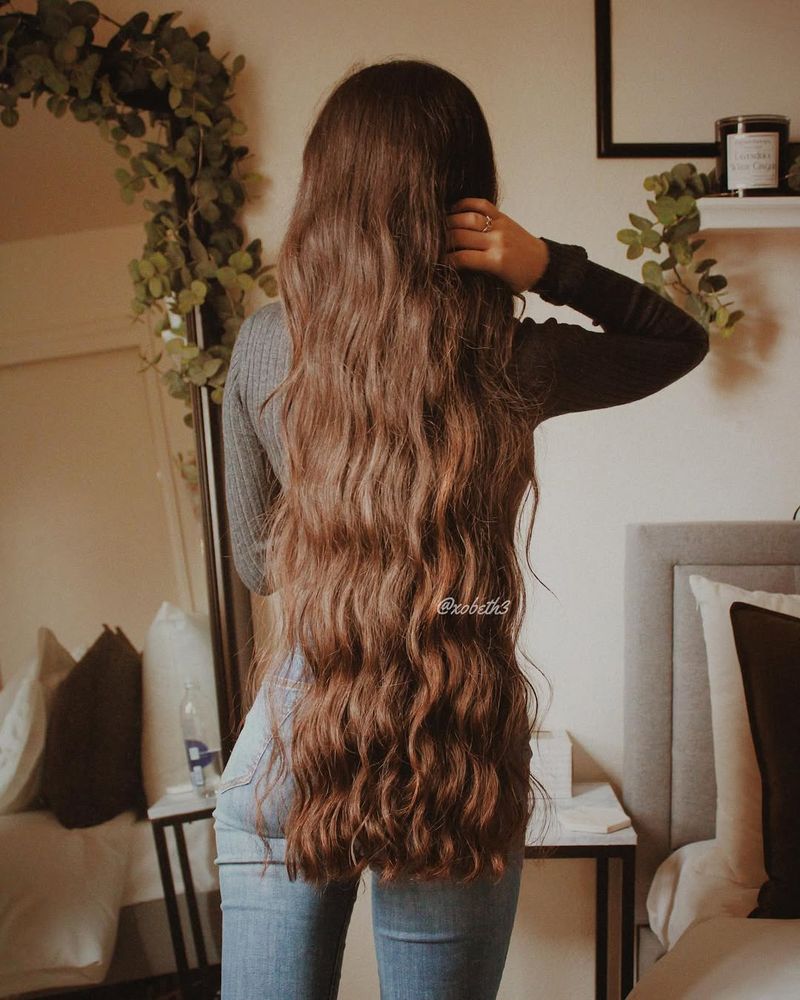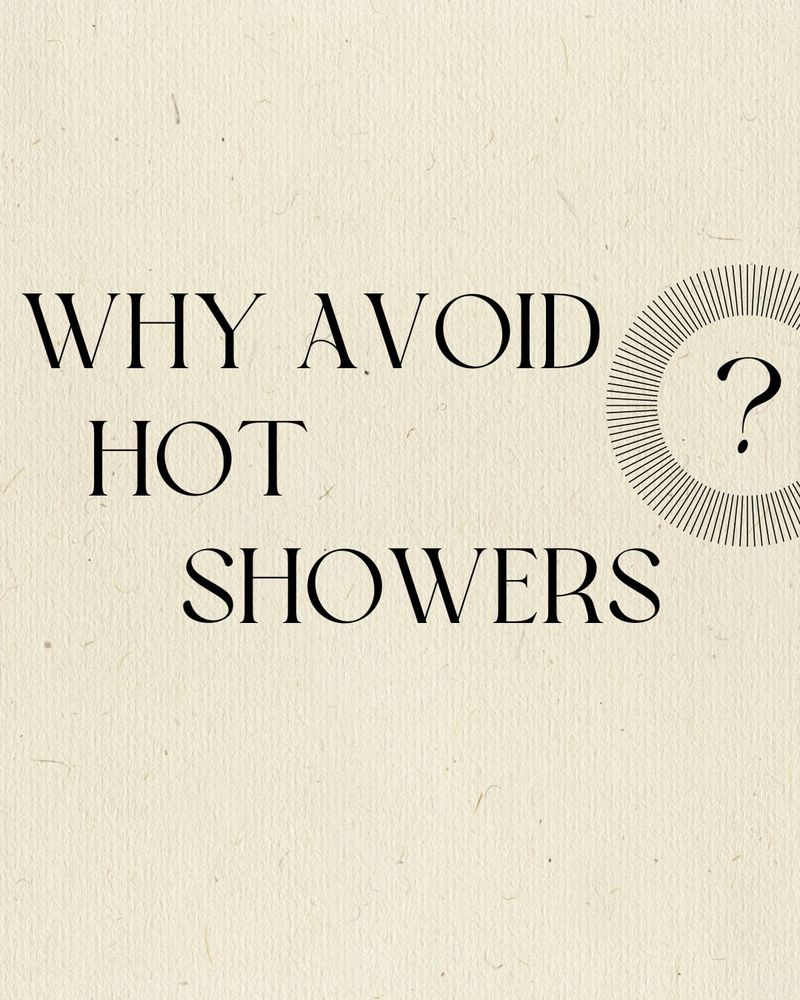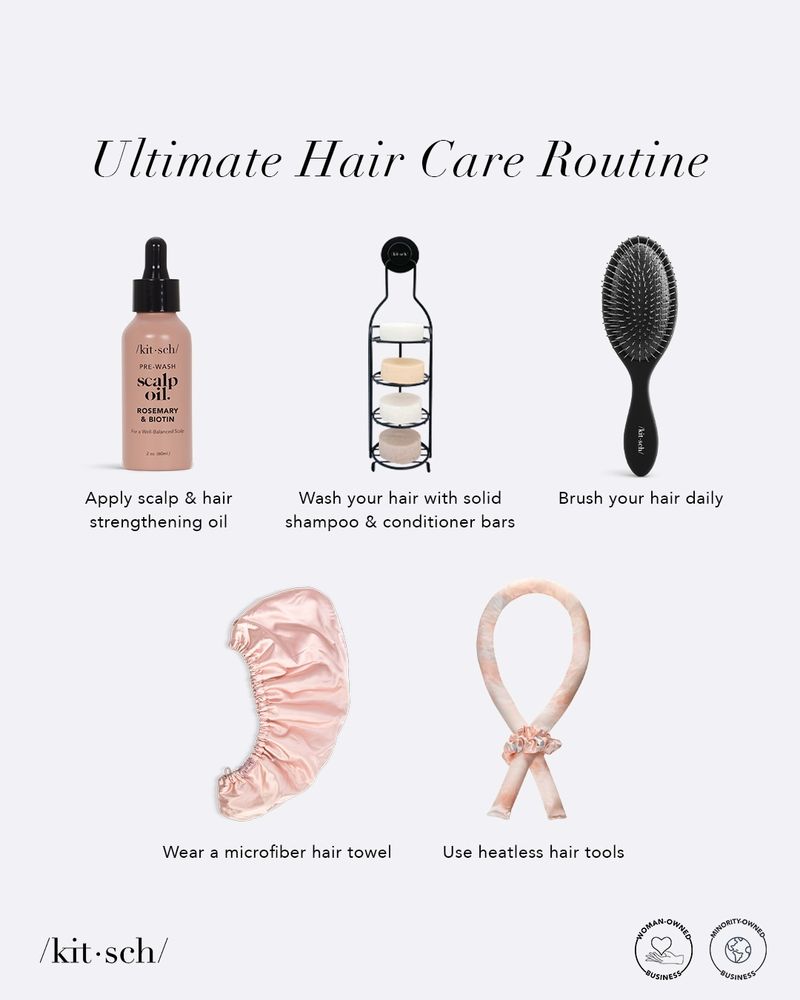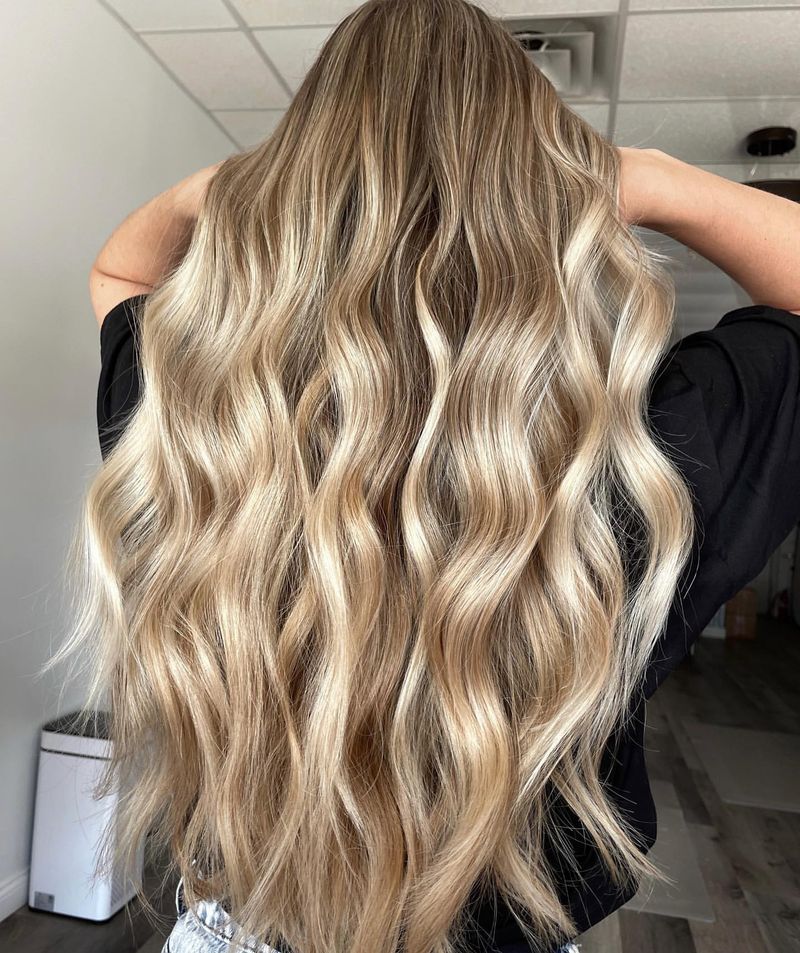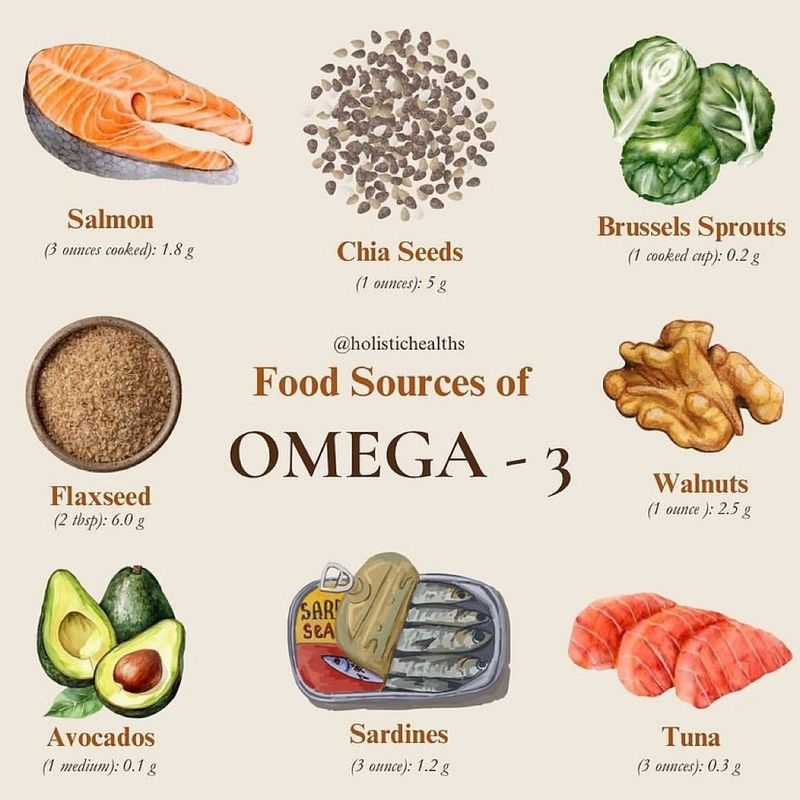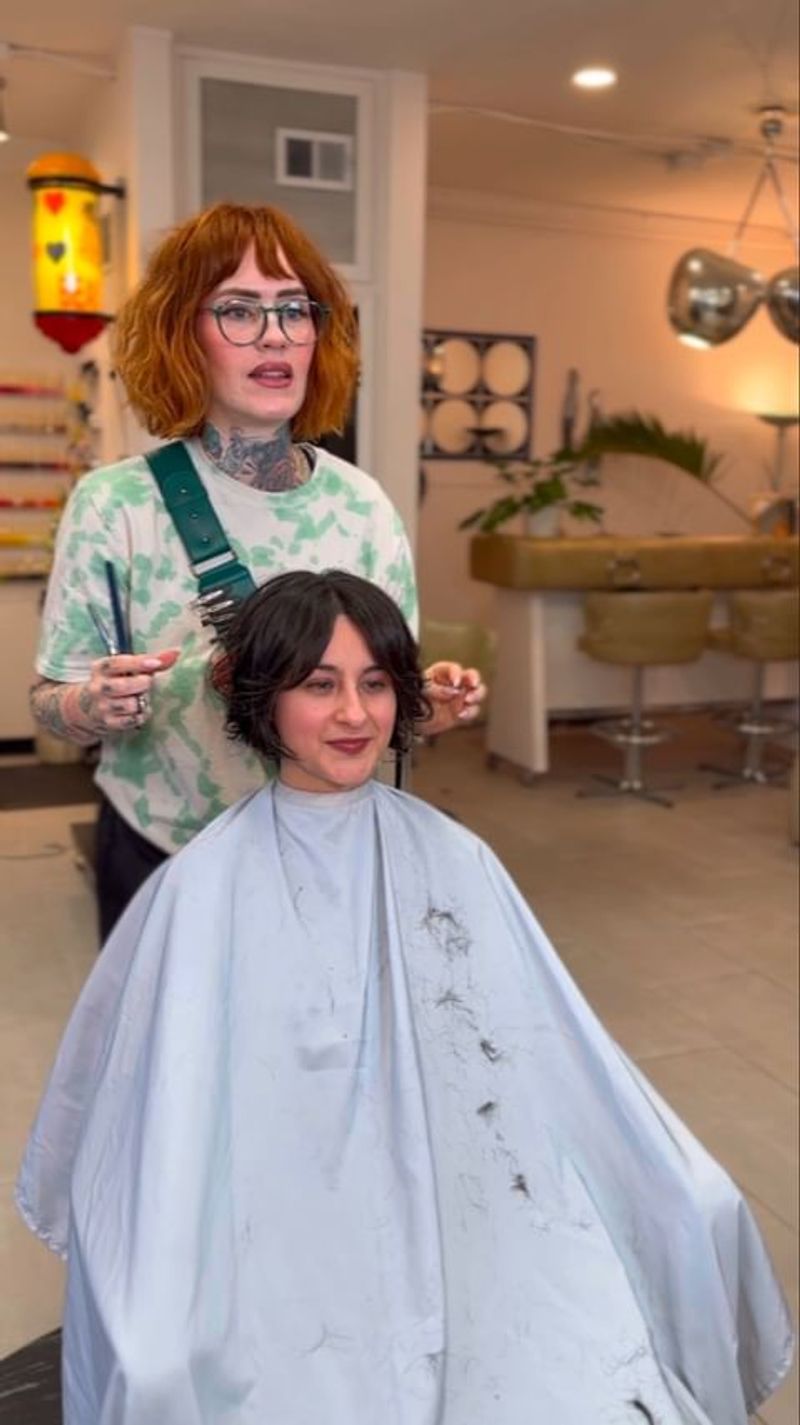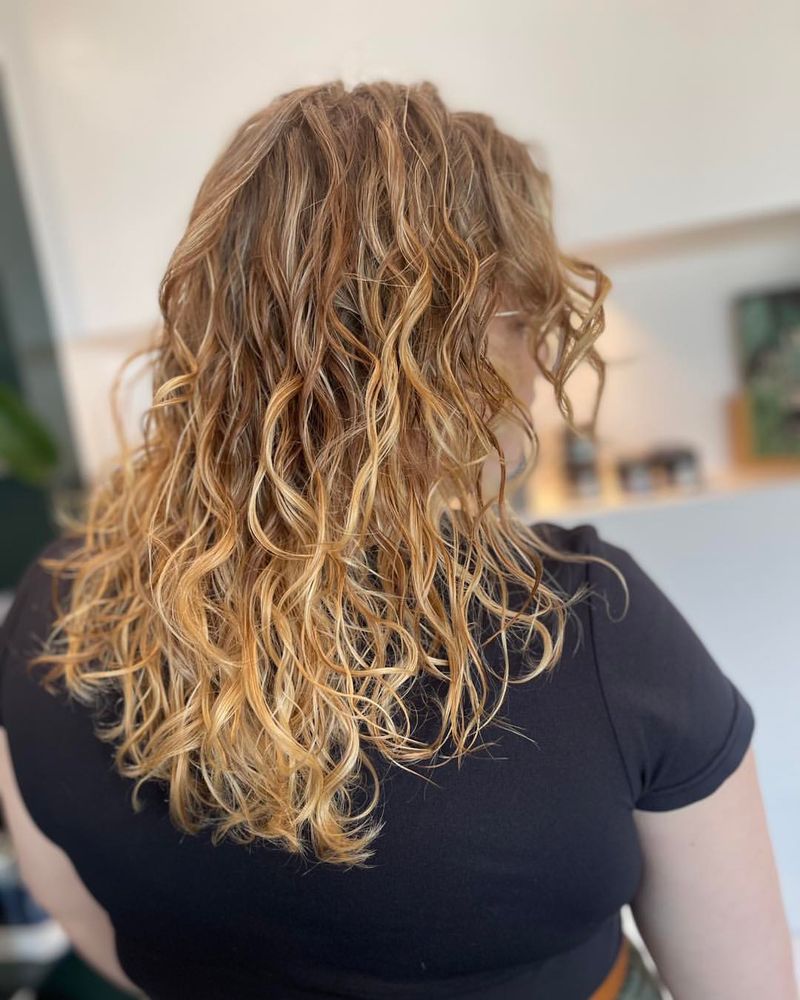Hair damage is a common concern, but fear not, for there are numerous ways to restore its vitality.
From nourishing treatments to mindful practices, these 33 easy solutions will guide you toward healthier, more resilient hair.
1. Deep Conditioning Treatments
Deep conditioning treatments are a lifesaver for restoring moisture and shine to damaged hair. Using a rich conditioner regularly can significantly improve the hair’s texture and resilience.
Related: -7 Straight-Hair Problems No One Talks About And 8 Easy Fixes That Shine
Apply the treatment after shampooing, focusing on the ends, and leave it on for at least ten minutes. This simple step will bring noticeable softness and manageability.
2. Trim Your Ends Regularly
Regular trims are essential for maintaining healthy hair by removing split ends, which can travel up the shaft and cause further damage. Schedule a trim every six to eight weeks.
This keeps your hair looking fresh and can prevent unnecessary breakage, helping your hair grow longer and healthier over time.
3. Use a Silk Pillowcase
Silk pillowcases are gentle on your hair, reducing friction and preventing breakage. Unlike cotton, silk allows your hair to glide smoothly, which minimizes tangles and split ends.
Switching to a silk pillowcase can lead to healthier, shinier hair over time and even improve skin conditions, such as reducing facial creases.
4. Limit Heat Styling
Heat styling tools can cause irreversible damage to your hair if overused. Try to limit the use of blow dryers, flat irons, and curling wands.
Instead, explore heat-free styling methods, like braiding damp hair for natural waves. This change can significantly improve your hair’s overall health and vitality.
5. Apply Hair Oil
Hair oils are excellent for adding moisture and shine to dry, damaged strands. Choose oils like argan, coconut, or jojoba, and apply sparingly to the ends for best results.
Regular use of hair oil can restore luster and provide protection against environmental damage, such as sun and pollution.
6. Opt for Sulfate-Free Shampoo
Sulfate-free shampoos are gentler on your hair as they do not strip away natural oils. This type of shampoo is ideal for maintaining the hair’s natural moisture balance.
Switching to a sulfate-free formula can help repair damaged hair by keeping it hydrated and reducing irritation of the scalp.
7. Protect Hair from the Sun
Ultraviolet rays can damage your hair just like they do your skin. Protect your strands with a hat or a UV-protection spray when outdoors for extended periods.
This simple step helps maintain the color and strength of your hair, preventing unwanted dryness and breakage.
8. Use a Wide-Tooth Comb
A wide-tooth comb is essential for detangling without causing breakage. Use it on wet hair to gently remove knots, starting from the tips and working upwards.
This reduces pulling and snapping, preserving your hair’s natural integrity and promoting long-term health.
9. Incorporate Protein Treatments
Protein treatments strengthen hair by replenishing essential nutrients. They are particularly beneficial for chemically treated hair.
Use these treatments monthly to reinforce the hair structure, reduce breakage, and add elasticity. Overuse can lead to stiffness, so balance is key for optimal results.
10. Hydrate from Within
Proper hydration is crucial for healthy hair. Drinking enough water ensures that your hair receives the moisture it needs from the inside out.
Aim for at least eight glasses a day to keep your hair hydrated, which contributes to overall hair health and vibrancy.
11. Avoid Tight Hairstyles
Tight hairstyles, such as buns or ponytails, can cause tension and lead to breakage over time. Opt for loose styles that don’t pull on your hair.
This change will reduce stress on the follicles and help prevent hair loss, keeping your hair strong and healthy.
12. Rinse with Cool Water
Rinsing hair with cool water after conditioning helps seal the cuticle, leaving hair smooth and shiny. It’s a refreshing way to finish your wash and reduce frizz.
Incorporating this practice into your routine can enhance your hair’s appearance and texture over time.
13. Massage Your Scalp
Regular scalp massages increase blood circulation, promoting healthier hair growth. Use your fingertips to gently massage for a few minutes daily.
This simple ritual can improve hair strength and thickness, making it a great addition to your hair care regimen.
14. Be Mindful of Hair Accessories
Choose hair accessories that are gentle on your strands, such as fabric-covered elastics and clips.
Avoid metal clasps and rough materials that can cause snagging and breakage. Opting for kinder accessories can preserve your hair’s health and prevent unnecessary damage.
15. Address Nutritional Deficiencies
Your diet plays a crucial role in hair health. Nutrient deficiencies can lead to dry, brittle hair, so it’s essential to maintain a balanced diet.
Foods rich in vitamins and minerals, like leafy greens, nuts, and fish, can promote stronger, more resilient hair.
16. Use Leave-In Conditioner
Leave-in conditioners provide ongoing hydration and protection throughout the day. Apply to damp hair, focusing on ends, to detangle and prevent drying.
This can be particularly helpful for those with curly or dry hair types, ensuring they receive adequate moisture and care beyond regular wash days.
17. Limit Chemical Treatments
Frequent chemical treatments can weaken your hair, making it prone to damage. Consider reducing or spacing out these treatments.
Explore natural alternatives to color and perms to maintain your hair’s strength and integrity while still achieving desired styles.
18. Try Overnight Hair Masks
Overnight masks provide intense hydration and repair while you sleep. Apply them to your hair before bed and wash out in the morning.
This practice allows for deeper penetration of nourishing ingredients, resulting in softer, healthier strands when you wake up.
19. Brush Hair Gently
Brushing your hair gently is crucial for minimizing damage. Use a soft-bristle brush and start at the ends, working upward.
This reduces pulling and stress on your hair, encouraging healthier growth and preventing unnecessary breakage.
20. Protect Your Hair at Night
Wrapping your hair in a silk scarf or bonnet at night reduces friction and prevents tangles while you sleep.
This practice can contribute to smoother, shinier hair and reduce breakage, especially for those with curly or textured hair types.
21. Choose the Right Hairbrush
Choosing the right hairbrush for your hair type can make a significant difference in managing damage. For example, boar bristle brushes distribute natural oils evenly.
This aids in reducing breakage and enhancing shine, making it a vital tool in your hair care routine.
22. Avoid Over-Washing
Over-washing your hair can strip it of natural oils, leading to dryness and damage. Aim to wash your hair only a few times a week.
Use dry shampoo in between washes to maintain freshness without over-stripping essential oils, maintaining healthier hair.
23. Use a Humidifier
Indoor heating can dry out your hair, especially during winter months. Using a humidifier adds moisture to the air, benefiting your hair and skin.
This simple addition can help maintain your hair’s hydration, reducing dryness and brittleness.
24. Choose Hair-Friendly Hair Ties
Traditional hair ties can cause breakage and creases in your hair. Opt for soft, fabric-covered hair ties to minimize damage.
These alternatives are gentler on your strands, preserving hair health and preventing unnecessary stress and breakage.
25. Invest in a Quality Hair Dryer
A good hair dryer with adjustable heat settings and a cool shot feature can minimize damage caused by heat.
Invest in a dryer that suits your hair type and use it on lower settings to prevent overheating and maintain healthy hair.
26. Avoid Brushing Wet Hair
Hair is most vulnerable when wet, so avoid harsh brushing. Use a wide-tooth comb to gently detangle, starting at the ends.
This reduces stress on your hair, preventing breakage and keeping it healthy and strong.
27. Opt for Natural Hair Dyes
Harsh chemicals in traditional hair dyes can weaken and damage hair. Consider using natural dyes made from plant-based ingredients.
These alternatives are gentler on your hair, providing color without compromising health, and are especially beneficial for those with sensitive scalps.
28. Avoid Hot Showers
Hot water can strip your hair of its natural oils, leading to dryness and damage. Opt for lukewarm water when washing your hair.
This practice helps maintain moisture balance, improving hair health and reducing frizz.
29. Stay Consistent with Hair Care Routine
Consistency in your hair care routine is key to repairing damage. Stick to a regimen that includes regular conditioning, trimming, and protective styling.
This ensures your hair receives the care it needs to stay healthy and resilient.
30. Try Balayage Instead of Full Bleach
Full bleaching can severely damage your hair. Consider balayage, which is less damaging and creates a natural, sun-kissed look.
This technique focuses on the surface of your hair, reducing the harsh effect of bleach and preserving hair strength.
31. Incorporate Omega-3 in Your Diet
Omega-3 fatty acids are essential for maintaining healthy hair. Incorporate foods like fish, flaxseeds, and walnuts into your diet.
These nutrients support scalp health and encourage shinier, more resilient hair, making diet an integral part of hair care.
32. Consult a Professional
If your hair is extensively damaged, consulting a professional can provide tailored solutions. They can assess your hair’s needs and suggest treatments.
Professional advice ensures you’re using the right products and techniques to effectively repair and maintain your hair.
33. Embrace Your Natural Texture
Embracing your natural hair texture reduces reliance on damaging styling techniques. Let your hair air dry and explore styles that work with its natural form.
This approach simplifies your routine and reduces exposure to heat and chemicals, enhancing overall hair health.

